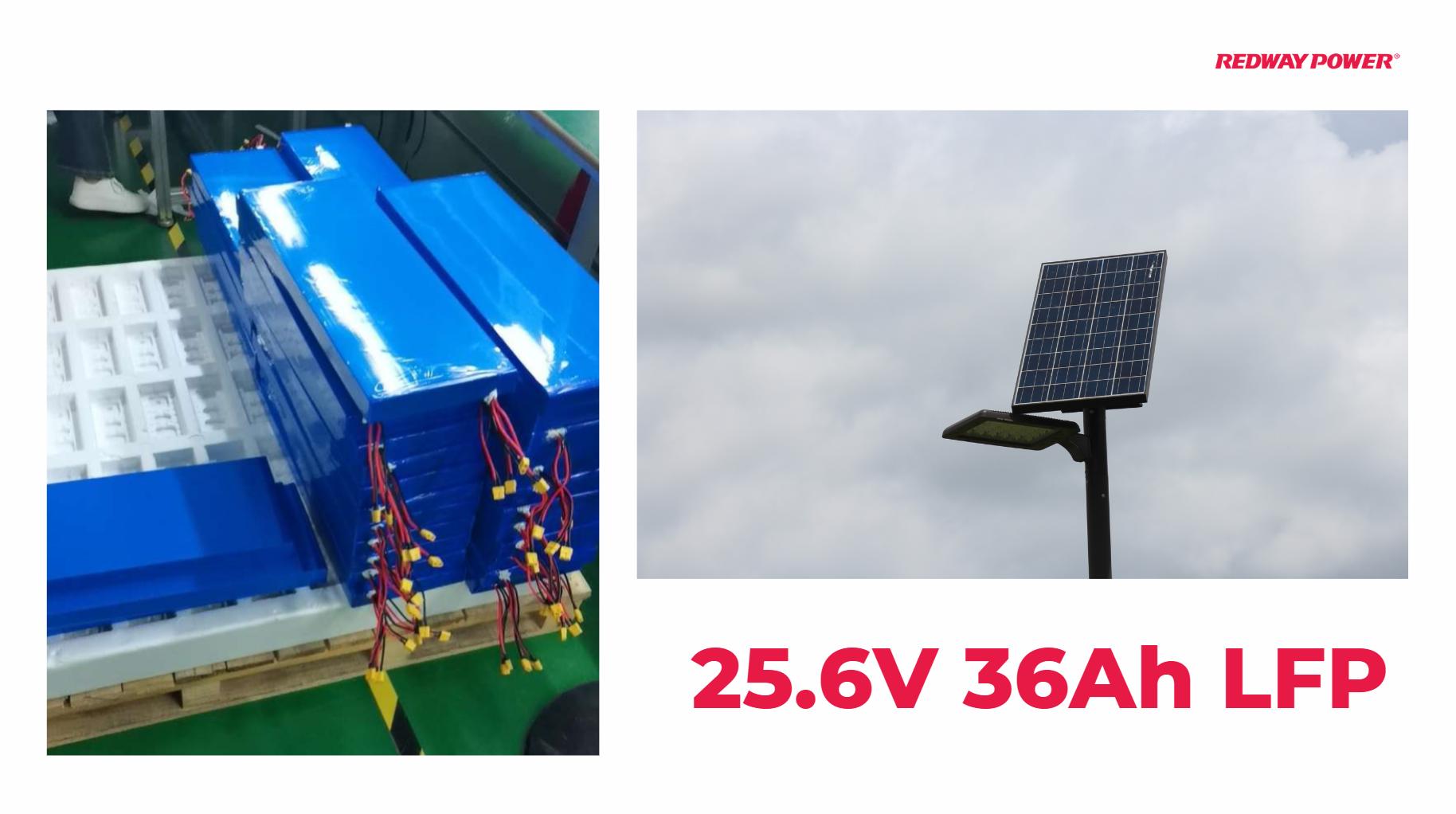
How Often Should You Change Batteries in Solar Lights?
Knowing how often to change batteries in solar lights is essential for maintaining their performance and longevity. Typically, solar light batteries should be replaced every 1 to 3 years, depending on the battery type and usage conditions. Regular maintenance and monitoring can help ensure optimal operation and extend the life of your solar lighting system.
What Determines the Lifespan of Solar Lights?
The lifespan of solar lights is influenced by several factors, including:
- Battery Type: Different batteries have varying lifespans. For example, nickel-cadmium (NiCd) batteries generally last 2 to 5 years, while lithium-ion batteries can last 5 to 15 years.
- Quality of Components: Higher quality solar panels and batteries will typically provide longer service life.
- Environmental Conditions: Exposure to extreme temperatures, humidity, and weather conditions can affect battery performance and lifespan.
- Usage Patterns: Frequent use or long operational hours can lead to faster battery depletion.
Chart: Lifespan of Common Battery Types
| Battery Type | Typical Lifespan |
|---|---|
| NiCd | 2 – 5 years |
| NiMH | 2 – 5 years |
| Lithium-Ion | 5 – 15 years |
| Lead-Acid | 3 – 5 years |
How Often Should You Replace Solar Light Batteries?
Generally, it is recommended to replace solar light batteries every 1 to 3 years, depending on the type of battery used and environmental factors. Regular checks on battery performance can help determine if a replacement is necessary sooner. If your lights are dimming or not holding a charge effectively, it may be time for a change.Chart: Recommended Replacement Frequency
| Battery Type | Replacement Frequency |
|---|---|
| NiCd | Every 1 – 2 years |
| NiMH | Every 1 – 3 years |
| Lithium-Ion | Every 3 – 5 years |
| Lead-Acid | Every 2 – 4 years |
What Are the Signs That a Battery Needs Replacement?
Several signs indicate that your solar light battery may need replacement:
- Diminished Brightness: If your solar lights are not as bright as they used to be, it may indicate battery wear.
- Shortened Runtime: A significant decrease in how long your lights stay illuminated after charging suggests a failing battery.
- Inability to Charge: If your lights do not turn on even after a full day of sunlight, it could mean that the battery has reached the end of its life.
- Physical Damage: Swelling or leakage from the battery casing is a clear sign that it needs immediate replacement.
What Types of Batteries Are Used in Solar Lights?
Solar lights typically use one of several types of rechargeable batteries:
- Nickel-Cadmium (NiCd): Affordable but less efficient; lifespan is generally shorter.
- Nickel-Metal Hydride (NiMH): More efficient than NiCd; offers better capacity and longevity.
- Lithium-Ion: Higher capacity and longer lifespan; increasingly popular for modern solar lights.
- Lead-Acid: Used in larger systems; generally has a shorter lifespan but is cost-effective for certain applications.
Chart: Comparison of Battery Types
| Battery Type | Advantages | Disadvantages |
|---|---|---|
| NiCd | Low cost | Memory effect, shorter life |
| NiMH | Better capacity | More expensive than NiCd |
| Lithium-Ion | Long life, high efficiency | Higher initial cost |
| Lead-Acid | Cost-effective for large use | Shorter lifespan |
How Can You Extend the Life of Solar Light Batteries?
To maximize the lifespan of your solar light batteries:
- Regular Maintenance: Clean solar panels regularly to ensure they receive maximum sunlight.
- Proper Storage: Store batteries in a cool, dry place when not in use, especially during extreme weather conditions.
- Avoid Overcharging: Ensure that your solar lights have built-in protection against overcharging, which can damage batteries.
- Use Quality Products: Invest in high-quality solar lights and batteries designed for durability.
What Maintenance Practices Should Be Followed?
Proper maintenance is crucial for extending the life of solar lights:
- Clean Panels Weekly: Dust and debris can block sunlight, reducing efficiency.
- Check Connections: Ensure all connections are secure and free from corrosion.
- Inspect for Damage: Regularly check for any physical damage to the lights or wiring.
- Replace Batteries as Needed: Monitor performance and replace batteries when signs of wear appear.
Industrial News
Recent trends in solar technology have highlighted advancements in battery efficiency and longevity, particularly with lithium-ion options becoming more prevalent in consumer products. Manufacturers are focusing on creating more durable materials for both solar panels and batteries, enhancing overall performance in various environmental conditions. Additionally, there is an increasing emphasis on sustainability within production processes.
Expert Views
“Understanding when to replace batteries in solar lights is essential for maintaining their functionality,” says Dr. Jane Smith, an expert in renewable energy technology. “Regular maintenance combined with timely replacements can significantly enhance the performance and longevity of solar lighting systems.” She emphasizes that consumers should invest time in understanding their products to maximize their benefits.
